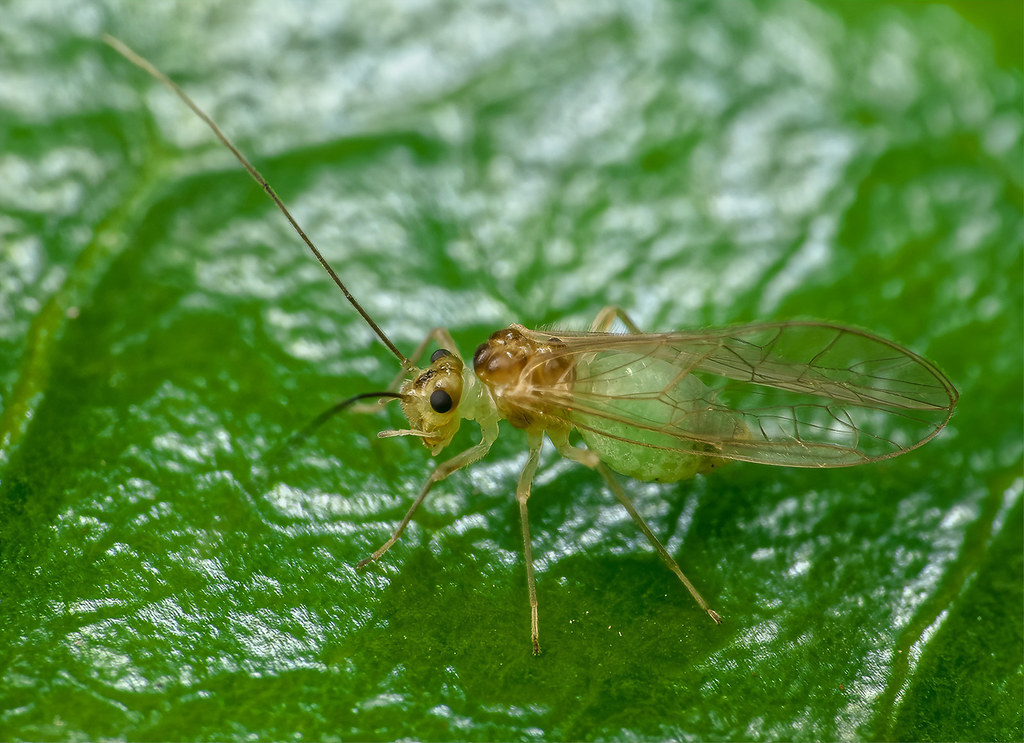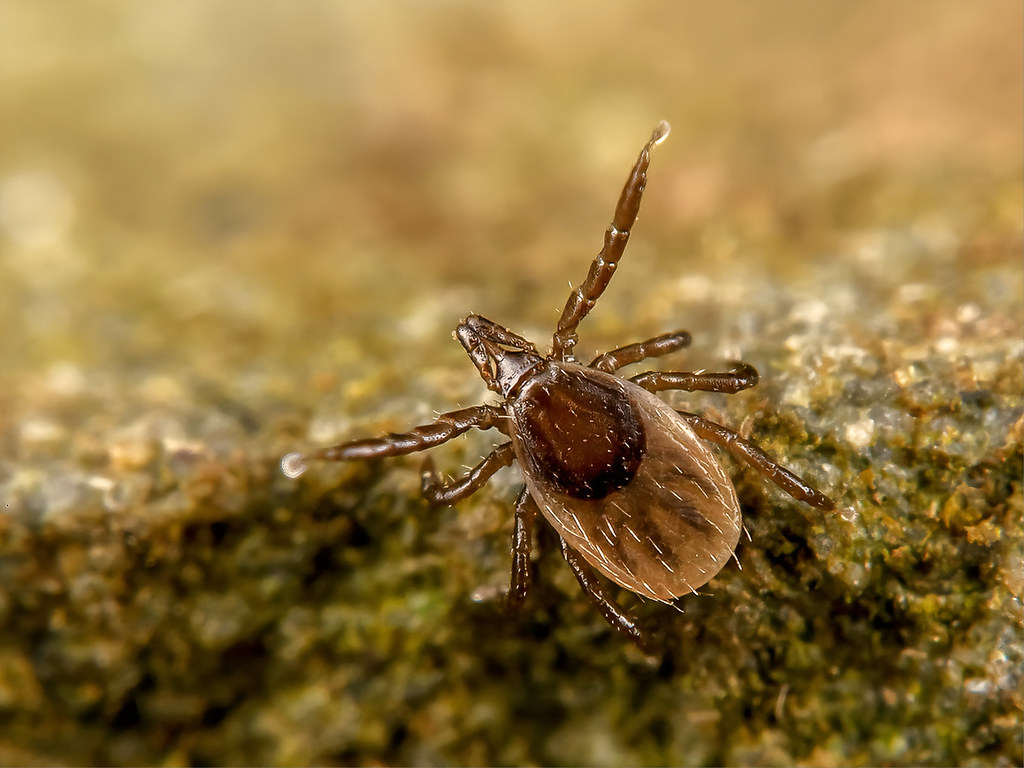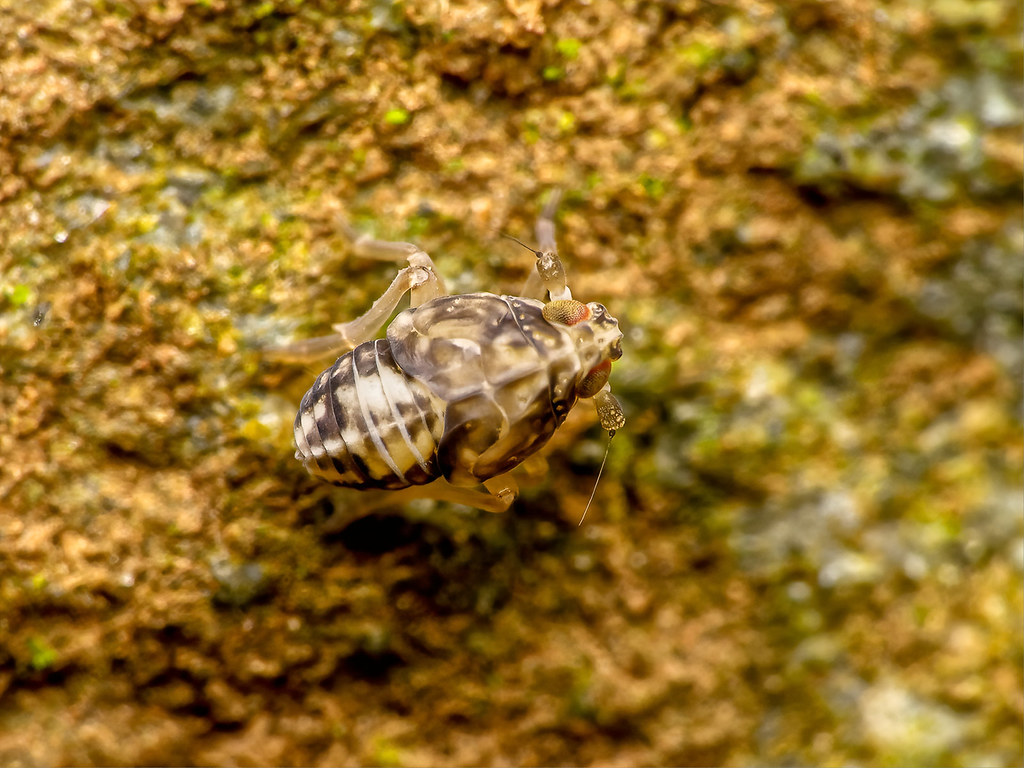GardenersHelper
In Memoriam
- Messages
- 6,344
- Name
- Nick
- Edit My Images
- Yes
This post follows on from a discussion with Keith (@Cagey75) in this thread about the advantages of using a telezoom lens that does not extend when using powerful close-up lenses.
The Raynox MSN-202 is a powerful close-up lens. The Raynox 150 is +4.8 diopters, the Raynox 250 is +8 diopters. The MSN-202 is +25 diopters. It is quite difficult to use because of the high magnification it produces and the short working distance of around 30mm, which can make it difficult to illuminate the subject. On the infrequent occasions when I have used the MSN-202 I used it either mounted on an FZ200/FZ330 small sensor Panasonic bridge camera, or on a G series Panasonic micro four thirds camera (G3, G5, G80) mounted on a 45-175 lens which does not extend. As described in this post in the linked thread, using a non-extending lens makes the MSN-202 much easier (well, much less difficult) to use.
Here are eight examples of images of fairly small subjects captured with the MSN-202. It was mounted on an FZ200 for the third of these and on a 45-175 on a G5 for the others. All used minimum aperture, f/22 for the G5 and f/8 for the FZ200. All used autofocus. The subjects were definitely in motion (as in, moving around, not just waving antennae around or similar) for #3, #4, #6 and #8 and possibly #7 too.
The images were captured as raw between 2015 and 2017. I have reworked them with an experimental post processing workflow which started with my current workflow of batch processing in DXO Photolab, Silkypix and Lightroom, with image-specific adjustments in Lightroom. There were some large crops involved of sizes which have given me image quality issues in the past (and did so again with these reworks), and as an experiment I produced JPEGs 1024 pixels wide and then used a trial version of Topaz AI Gigapixel to upsize them to 1400 pixels high. The versions here have been downsized to 1024 on the long side by Flickr to keep within this site's posting size guidelines. The 1400 pixel high versions are in this album at Flickr.
#1

1368 1 G5 ISO160 P1080936_DxO RAW SP7 LR7 1024w_TAIG by gardenersassistant, on Flickr
#2

1368 2 G5 ISO400 P1180545_DxO RAW SP7 LR7 1024w_TAIG by gardenersassistant, on Flickr
#3

1368 3 FZ330 ISO100 P1360282_DxO RAW SP7 LR7 1024w_TAIG by gardenersassistant, on Flickr
#4

1368 4 G5 ISO 320 P1150075_DxO RAW SP7 LR7 1024w-2_TAIG by gardenersassistant, on Flickr
#5

1368 5G5 ISO 400 P1070306_DxO RAW SP7 LR7 1024w_TAIG by gardenersassistant, on Flickr
#6

1368 6 G5 ISO400 P1070635_DxO RAW SP7 LR7 1024w_TAIG by gardenersassistant, on Flickr
#7

1368 7 G5 ISO400 P1070460_DxO RAW SP7 LR7 1024w_TAIG by gardenersassistant, on Flickr
#8

1368 8 G5 ISO400 P1080062_DxO RAW SP7 LR7 1024w_TAIG by gardenersassistant, on Flickr
The Raynox MSN-202 is a powerful close-up lens. The Raynox 150 is +4.8 diopters, the Raynox 250 is +8 diopters. The MSN-202 is +25 diopters. It is quite difficult to use because of the high magnification it produces and the short working distance of around 30mm, which can make it difficult to illuminate the subject. On the infrequent occasions when I have used the MSN-202 I used it either mounted on an FZ200/FZ330 small sensor Panasonic bridge camera, or on a G series Panasonic micro four thirds camera (G3, G5, G80) mounted on a 45-175 lens which does not extend. As described in this post in the linked thread, using a non-extending lens makes the MSN-202 much easier (well, much less difficult) to use.
Here are eight examples of images of fairly small subjects captured with the MSN-202. It was mounted on an FZ200 for the third of these and on a 45-175 on a G5 for the others. All used minimum aperture, f/22 for the G5 and f/8 for the FZ200. All used autofocus. The subjects were definitely in motion (as in, moving around, not just waving antennae around or similar) for #3, #4, #6 and #8 and possibly #7 too.
The images were captured as raw between 2015 and 2017. I have reworked them with an experimental post processing workflow which started with my current workflow of batch processing in DXO Photolab, Silkypix and Lightroom, with image-specific adjustments in Lightroom. There were some large crops involved of sizes which have given me image quality issues in the past (and did so again with these reworks), and as an experiment I produced JPEGs 1024 pixels wide and then used a trial version of Topaz AI Gigapixel to upsize them to 1400 pixels high. The versions here have been downsized to 1024 on the long side by Flickr to keep within this site's posting size guidelines. The 1400 pixel high versions are in this album at Flickr.
#1

1368 1 G5 ISO160 P1080936_DxO RAW SP7 LR7 1024w_TAIG by gardenersassistant, on Flickr
#2

1368 2 G5 ISO400 P1180545_DxO RAW SP7 LR7 1024w_TAIG by gardenersassistant, on Flickr
#3

1368 3 FZ330 ISO100 P1360282_DxO RAW SP7 LR7 1024w_TAIG by gardenersassistant, on Flickr
#4

1368 4 G5 ISO 320 P1150075_DxO RAW SP7 LR7 1024w-2_TAIG by gardenersassistant, on Flickr
#5

1368 5G5 ISO 400 P1070306_DxO RAW SP7 LR7 1024w_TAIG by gardenersassistant, on Flickr
#6

1368 6 G5 ISO400 P1070635_DxO RAW SP7 LR7 1024w_TAIG by gardenersassistant, on Flickr
#7

1368 7 G5 ISO400 P1070460_DxO RAW SP7 LR7 1024w_TAIG by gardenersassistant, on Flickr
#8

1368 8 G5 ISO400 P1080062_DxO RAW SP7 LR7 1024w_TAIG by gardenersassistant, on Flickr
Last edited:

